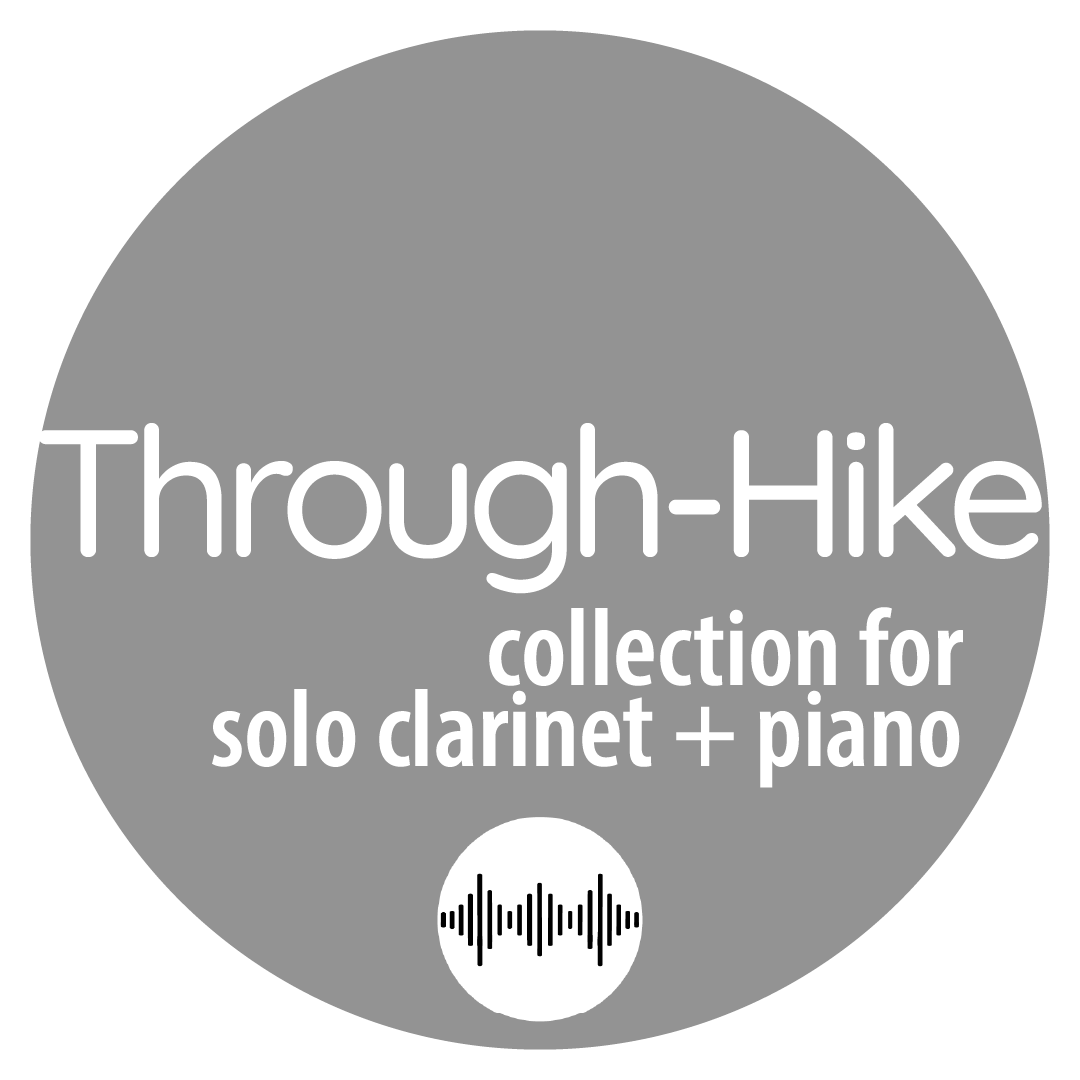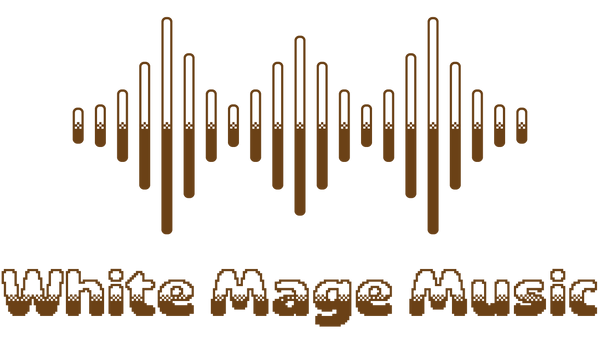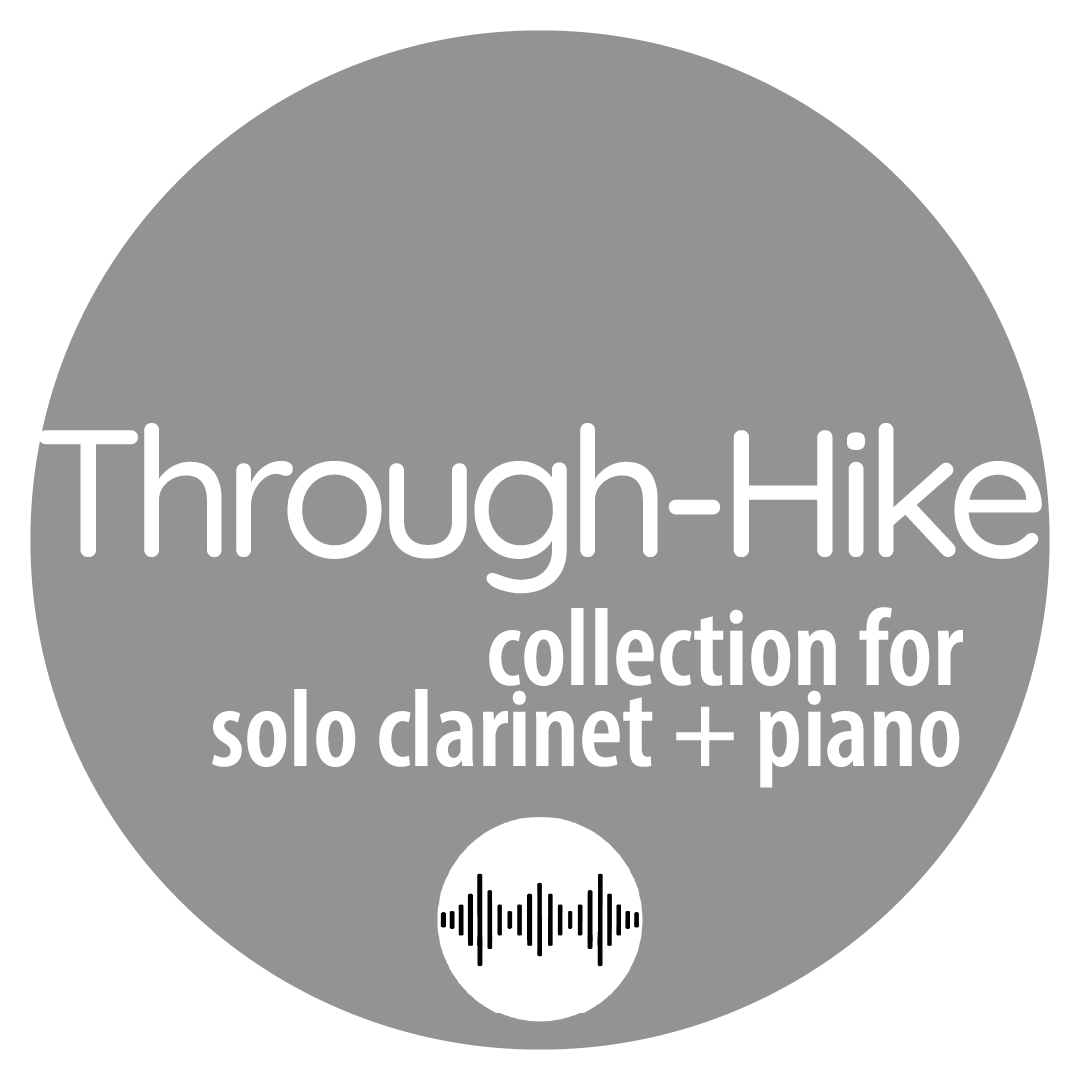White Mage Music
Through Hike for Solo Clarinet and Piano
Through Hike for Solo Clarinet and Piano
2021 | 18'45"
Couldn't load pickup availability
My first compositional encounter with Appalachian Folk Ballads came in 2014. At the time, I was working on my Master’s Degree at West Chester University. The student composer organization at the School of Music organized a “speed writing” contest: participants were given 48 hours to take an assignment and produce a final, proofread and print-ready score. It was for this exercise that I composed the first movement of this suite, Chicken with No Stones. (As an aside, I’m happy to say that I won the speed writing contest)
Fast-forward to 2017. During my Doctoral studies at the University of South Carolina, I had the pleasure of my path intersecting with composer and professor Dave Garner. During a class focused on principles of transcribing recorded performances, Dr. Garner introduced me to the vast body of Appalachian Folk Music. Listening to so many different ballads performed by so many different balladeers, I was infatuated. It was at this time that I composed the work that is now the second movement of this suite, Gimme Some Sugar.
The remaining movements were always in the back of my mind: I was in love with the sound world that I discovered through the first and the second movements and I had always planned to create this work. Throughout different parts of life, I’ve found myself encountering these different folk tunes and they have all made a mark on my musical soul.
The title of the all-encompassing work, Through-Hike, refers to the tradition of Appalachian Trail hikers who start at one end of the trail (typically beginning in North Georgia in March, then heading northward) and hike the entire 2,190 miles to Maine. While I haven’t ever attempted the entire trail (only a few small segments, and I don’t recommend doing the hike with a retired Army Drill Sergeant - I’m lookin’ at you, Epps), I can imagine what it might be like to explore the rural communities around the Trail through the southern end of the Appalachian Mountains. It’s in this part of the country where the soul of the Appalachian Ballads is rooted.
The works don’t necessarily follow any kind of specific flow, geographic, historic, or otherwise, but are grouped in the way they are for an overarched aesthetic. Further, a performer need not feel obligated to perform all movements as one, fixed work but rather may pick and choose and reorder the works as fits best for their unique performance.
Share


